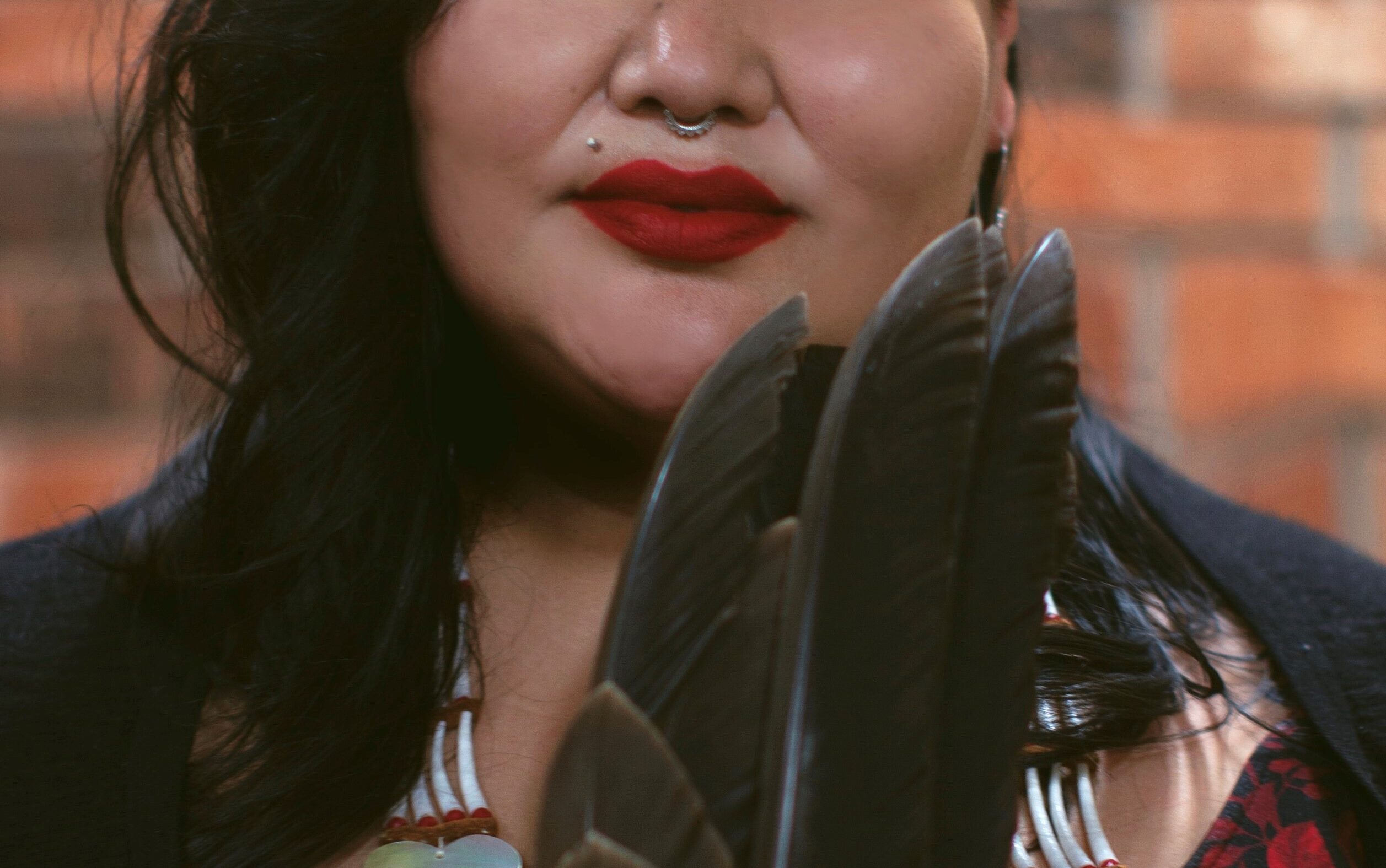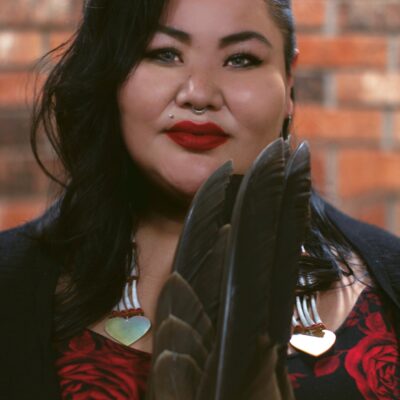The idea of “one person, one vote” is one of democracy’s greatest strengths. Key to achieving this democratic ideal is redistricting, the once-in-a-decade opportunity to redraw the districts that make up the legislative map in South Dakota.
As legislators embark on the redistricting process, the ACLU of South Dakota is reminding them that they have an obligation to uphold the Fourteenth Amendment’s guarantee of equal protection and complying with the requirements of the Voting Rights Act of 1965. The ACLU is committed to monitoring their work to ensure fair and equal representation for everyone – particularly for the state’s Indigenous population.
When redistricting is conducted properly, district lines are redrawn to reflect population changes and racial diversity. But too often, redistricting is used as a political tool to manipulate the outcome of elections, a widespread, undemocratic practice that’s stifling the voice of too many voters. Indigenous communities, in particular, have faced numerous obstacles to meaningful participation in the political process, including the redistricting process.
The committee must be especially vigilant when redrawing South Dakota’s maps so that the concerns of people who belong to racial, ethnic and minority groups are not overlooked. The ACLU recommends that the redistricting committee schedule additional public listening sessions on reservations and engage in consultation with tribal leaders. Failure to do so could lead to discriminatory district maps that may expose the state of South Dakota to costly litigation.
That’s what happened in Bone Shirt v. Hazeltine, a federal case in which a panel of judges found the state discriminated against Indigenous South Dakotans by not thoroughly involving them in the 2001 redistricting process. Because the current hearing locations only include one of the nine reservations in the state, public testimony from Indigenous people could be even more limited than what occurred in Bone Shirt.
There is a real concern that public testimony in the locations selected will result in even fewer Indigenous people providing input – if not eliminating it entirely – in some regions. Let’s make it easier for all South Dakotans to be seen, heard, represented, and with additional opportunities for our tribal nations to give public comment with their tribal communities.



